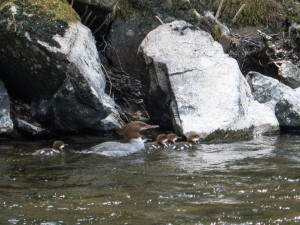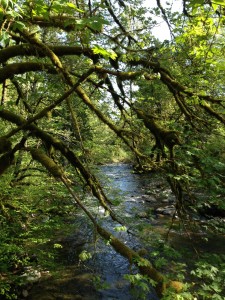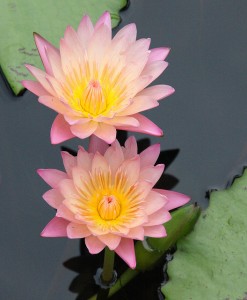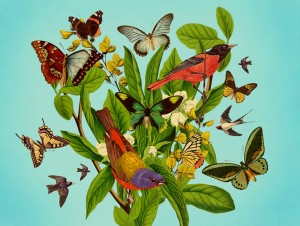 We had the Sunday Introduction to Meditation Class at Yoga Bliss yesterday: two segments of formal sitting meditation and a period of mindful walking. We brought awareness to the six points of posture as we “settled the body into its natural state.” We followed the techniques taught by Alan B. Wallace of shifting awareness to the mental events that arise in the “space of the mind” and, eventually, focused on awareness itself.
We had the Sunday Introduction to Meditation Class at Yoga Bliss yesterday: two segments of formal sitting meditation and a period of mindful walking. We brought awareness to the six points of posture as we “settled the body into its natural state.” We followed the techniques taught by Alan B. Wallace of shifting awareness to the mental events that arise in the “space of the mind” and, eventually, focused on awareness itself.
We discussed what motivates us to meditate and the challenges we encounter in practice. Many of us shared the desire for more calm and equanimity and about the physical challenges of sustaining a seated posture for prolonged periods of time. One of our master yoga teachers, Jonathan Bowra, describes advanced yoga practice as the ability to stay out of struggle. We often push ourselves to conform to an ideal form of a pose – like lotus for example. Many of us are not anatomically adapted to rotating our hips in this way and injure our knees in the process of trying. Why? The manner in which we approach our practice often reflects the way we move through our lives more generally. Do we extend ourselves acceptance, patience, time and tolerance? Do we allow ourselves a process of growth that’s authentic and truly nourishing? This is not to say we avoid challenging sensations. We can recruit our minds and our breathing to build resilience in building strength and flexibility. We come together in class to encourage and support one another to learn and grow.









